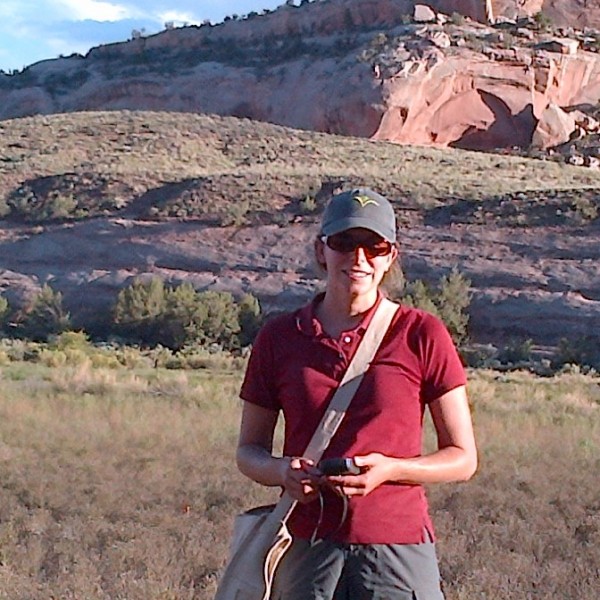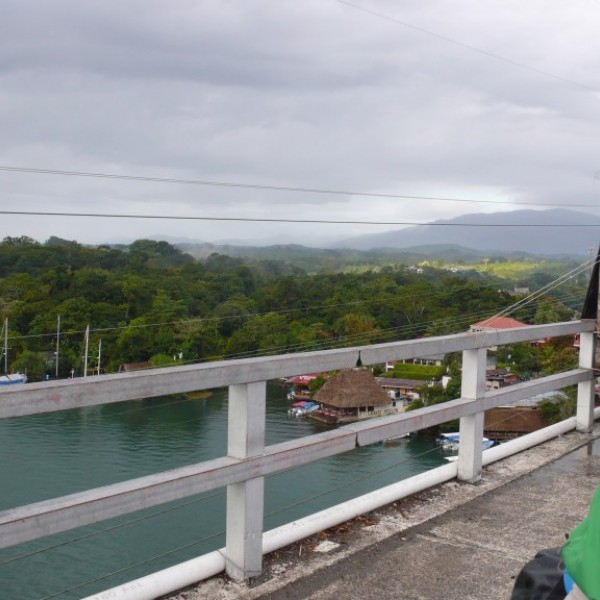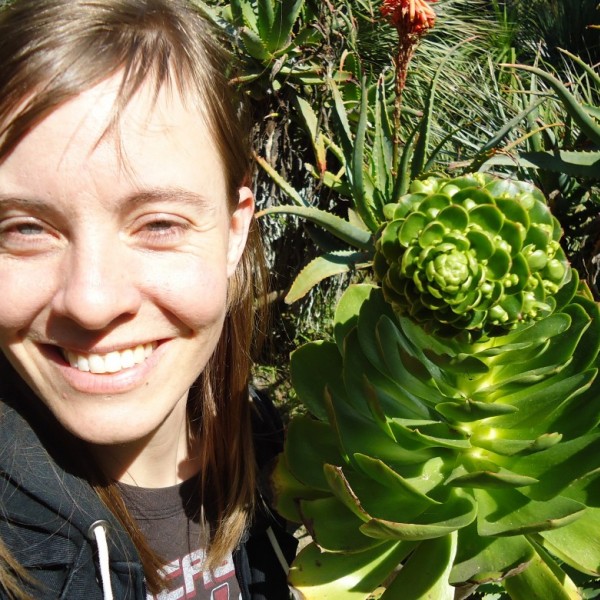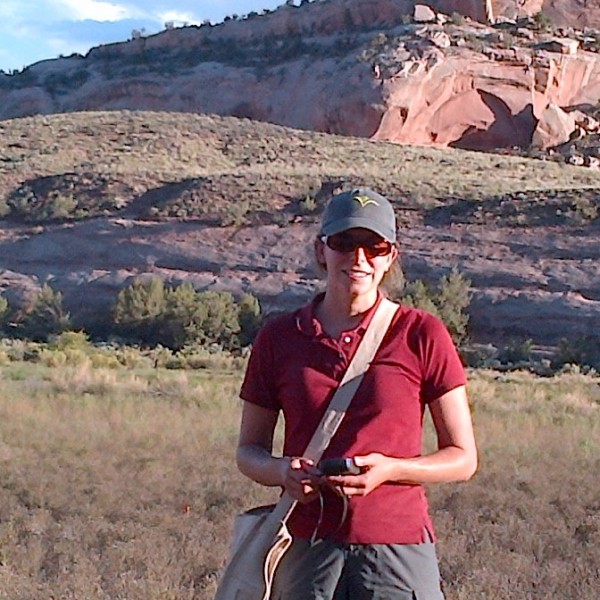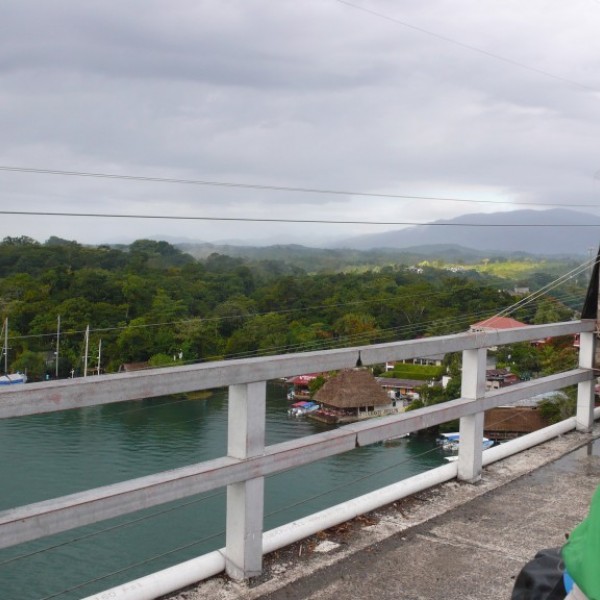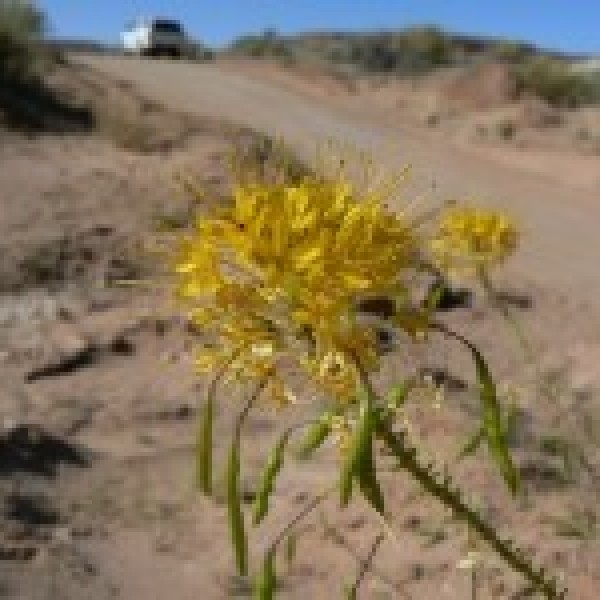
When seed sourcing matters for restoration on the Colorado Plateau 2014
Colorado Plateau (sites in western Colorado and eastern Utah) and Chicago Botanic Garden
Ecology, Genetics
Ecological restoration is the process of assisting the recovery of an ecosystem that has been degraded, damaged, or destroyed. One key decision that has to be made when carrying out a restoration is determining where the seed should come from. Until recently it has been assumed that local sources are best, because they are most likely to be adapted to the climate and environmental conditions at the restoration site. But as the climate change and invasive species alter habitats, this assumption is being challenged. Our research is aimed at helping to answer these questions for restoration efforts in the Colorado Plateau. Researchers at Chicago Botanic Garden (in collaboration with the Colorado Plateau Native Plant Program, which includes partners like the Bureau of Land Management, US Geological Survey, and other government and academic partners) are carrying out lab and field-based research to understand whether there are important differences in natural populations of this species around the Colorado Plateau that impacts where seed should come from for restoration. This includes measuring differences in seed germination, growth and flowering phenology in different populations and determining when these differences may influence the outcomes of a restoration. This research project will focus on beeplant (Cleome lutea), an understudied but common native wildflower that shows promise for restoring degraded habitat in the Colorado Plateau. This internship will involve spending 3-4 weeks working with mentors to gather data from study plots in the Colorado Plateau; the remaining time will be spent in the labs at Chicago Botanic Garden carrying out seed germination research and working with mentors to analyze, interpret, and communicate results.
